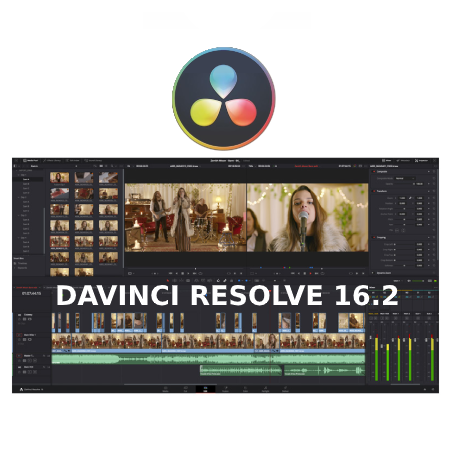News
The new H266 VCC codec for 4K and 8K
By the end of this year, the new VCC H.266 codec , Versatile Video Coding, is expected to be released. With the implementation of 4K and 8K the size of the final files can be very high, and VCC H.266 is born precisely to reduce the size of these files by half.
The codec has been developed by Fraunhofer with the support of other companies such as Apple, Microsoft, Sony, Intel, Huawei and Ericsson. And just like the H.265 codec, which was developed thinking about the possibility of streaming at high quality and enjoy digital content with less weight and higher quality, the same happened with the new codec VCC H.266. It was born to reduce the bandwidth consumed with content on platforms like Netflix, Youtube, Disney +, etc … where quality standards are higher and where it is complicated if the HDR comes into play.
In addition to the use for streaming, it will also have benefits for content creation. As we mentioned before, the resolutions at which they are working now and those that we can reach soon as 6K or 8K, forces users to have powerful equipment with large RAM, CPU and graphics to move these files, not to mention the high space they consume. Another purpose of the H.266 VCC is precisely to make these processes lighter and reduce the weight on the hard disk without reducing the quality of the final product.
The H.266 VCC supports SD, HD, UHD, 4K and 8K resolutions, and as for HDR, it will support HDR10 and Dolby Vision. They are still working on it to close the last details but it is possible that by late fall of this year it could already be released with the license from the Media Coding Industry Forum.
If you want to learn more about codecs, workflows and 4K, don’t miss the online course where you will learn these and other fundamental concepts for audiovisual creation.



